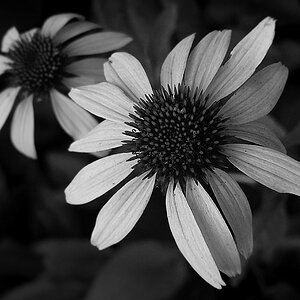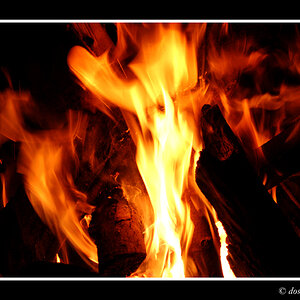jmariemi
TPF Noob!
- Joined
- Aug 8, 2011
- Messages
- 4
- Reaction score
- 0
- Location
- Salt Lake City
- Can others edit my Photos
- Photos OK to edit
I am a graphic designer for a small manufacturing company. We are currently expanding our product lines to be included in some big name stores like wal-mart, target, and costco. Our photography isn’t terrible, but it could use improvement to bring it up to a more professional level. I have taken photography classes, but mostly based on composition and how to use Photoshop, etc. But here I’m dealing a lot more with studio photography (and by that I mean indoor lighting for product and project shots). We have a large photography room, and currently our supplies include:
•Camera: Canon EOS 10D digital (original cost: $1,500 when we bought it 5 years ago .... current amazon price: $150)
•Lenses: Canon ultrasonic EF 100 mm f/2.8 macro USM
Canon zoom lens EF 28-200mm
•55” lightbox (with black and white backgrounds)
•2 250 watt halogen lights (This one here: Lowel Pro-light)
•2 800 watt halogen lights + a 500 watt lowel omni light (very similar to this kit here: GO Jet Set Kit)
•1 silver reflective umbrella with white on the back (same as the one in the link above)
•2 shoot-through umbrellas
•1 small light table (1.5’x1.5’
•Black and white butcher paper rolls on the walls for backdrops
•2 plexiglass domes for jewelry
We mostly dabble in products such as: hair accessories, scrapbooking lines, tech bags, and jewelry.
I have been doing a lot of research online to learn more about studio photography and equipment, etc. but I am by no means whatsoever an expert, or even intermediate.
My question is, how do we get our photography up to the next level? My boss gave me a $2,500 budget to improve what we have. He’s interested in a new camera and some new lights, because we’ve been having problems with ours. (we’re running into the problem of things being very blurry, and the halogen lights make everything orange, and when your product shots are on a white background, it’s just a hassle to have to edit them every time to a truer color.) I was thinking that it would be a good move to invest in some soft boxes such as these ones: Amazon.com: Fancierstudio 2400 Watt Lighting Kit With Boom Arm Hairlight Softbox Lighting Kit By Fancierstudio 9004SB2: Electronics but at the same time, I’m not sure if we truly need them, or if I just need to become more skilled in studio photography.
I honestly don’t know if they will be better than the lights we have (I just feel like the halogen lamps put off a harsher light that isn’t very diffused...and it can also get really hot and claustrophobic to be in an enclosed room with them!) I’m not sure either if the problem with the camera not focusing well in most of our product shots is happening because: A. We’re all using the camera settings incorrectly or B. We are using insufficient lighting or C. Our lenses aren’t the right mm for the closeness of our shots (approximately 2 feet away) or D. The camera really just needs to be replaced because the technology is outdated (or cleaned somehow...I was using a longer aperture on some shots, and quite a few dust spots showed up).
My boss also offered to pay for me to take some studio photography classes at the local community college (which would maybe cost about $400 per class) but I don’t know how many I would need to take.
thanks for all your help!
•Camera: Canon EOS 10D digital (original cost: $1,500 when we bought it 5 years ago .... current amazon price: $150)
•Lenses: Canon ultrasonic EF 100 mm f/2.8 macro USM
Canon zoom lens EF 28-200mm
•55” lightbox (with black and white backgrounds)
•2 250 watt halogen lights (This one here: Lowel Pro-light)
•2 800 watt halogen lights + a 500 watt lowel omni light (very similar to this kit here: GO Jet Set Kit)
•1 silver reflective umbrella with white on the back (same as the one in the link above)
•2 shoot-through umbrellas
•1 small light table (1.5’x1.5’
•Black and white butcher paper rolls on the walls for backdrops
•2 plexiglass domes for jewelry
We mostly dabble in products such as: hair accessories, scrapbooking lines, tech bags, and jewelry.
I have been doing a lot of research online to learn more about studio photography and equipment, etc. but I am by no means whatsoever an expert, or even intermediate.
My question is, how do we get our photography up to the next level? My boss gave me a $2,500 budget to improve what we have. He’s interested in a new camera and some new lights, because we’ve been having problems with ours. (we’re running into the problem of things being very blurry, and the halogen lights make everything orange, and when your product shots are on a white background, it’s just a hassle to have to edit them every time to a truer color.) I was thinking that it would be a good move to invest in some soft boxes such as these ones: Amazon.com: Fancierstudio 2400 Watt Lighting Kit With Boom Arm Hairlight Softbox Lighting Kit By Fancierstudio 9004SB2: Electronics but at the same time, I’m not sure if we truly need them, or if I just need to become more skilled in studio photography.
I honestly don’t know if they will be better than the lights we have (I just feel like the halogen lamps put off a harsher light that isn’t very diffused...and it can also get really hot and claustrophobic to be in an enclosed room with them!) I’m not sure either if the problem with the camera not focusing well in most of our product shots is happening because: A. We’re all using the camera settings incorrectly or B. We are using insufficient lighting or C. Our lenses aren’t the right mm for the closeness of our shots (approximately 2 feet away) or D. The camera really just needs to be replaced because the technology is outdated (or cleaned somehow...I was using a longer aperture on some shots, and quite a few dust spots showed up).
My boss also offered to pay for me to take some studio photography classes at the local community college (which would maybe cost about $400 per class) but I don’t know how many I would need to take.
thanks for all your help!
As an Amazon Associate we earn from qualifying purchases.



![[No title]](/data/xfmg/thumbnail/41/41935-851da2b46dc9cbb829c8c42b2aa84873.jpg?1619739947)
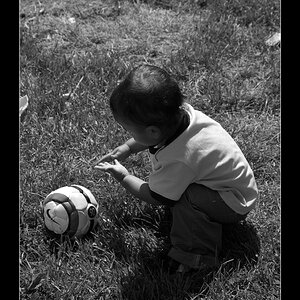
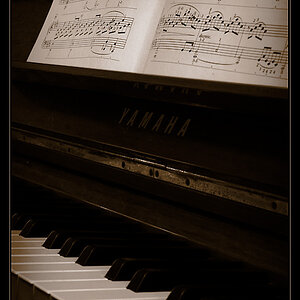
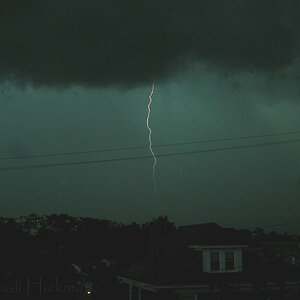

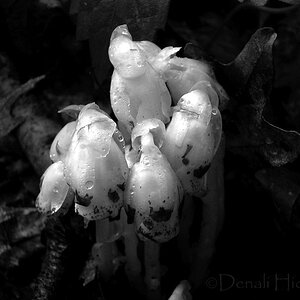
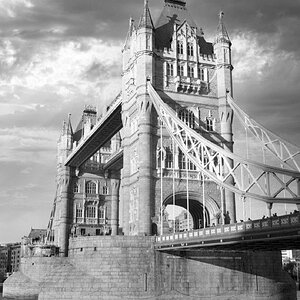
![[No title]](/data/xfmg/thumbnail/41/41933-d5af292b78e4b91211e86e0f3205eda8.jpg?1619739946)
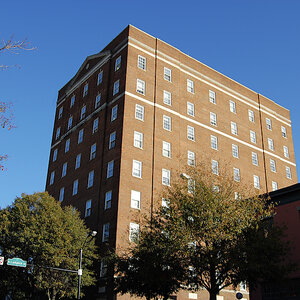
![[No title]](/data/xfmg/thumbnail/37/37606-3c9ffb5906173fa2aa489341967e1468.jpg?1619738148)
